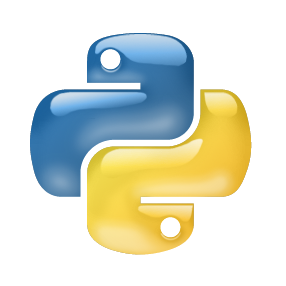Coverage analysis is widely used but can suffer from high overhead. This overhead is especially acute in the context of Python, which is already notoriously slow (a recent study observes a roughly 30x slowdown vs. native code). We find that the state-of-the-art coverage tool for Python, coverage$.$py, introduces a median overhead of 180% with the standard Python interpreter. Slowdowns are even more extreme when using PyPy, a JIT-compiled Python implementation, with coverage$.$py imposing a median overhead of 1,300%. This performance degradation reduces the utility of coverage analysis in most use cases, including testing and fuzzing, and precludes its use in deployment. This paper presents SlipCover, a novel, near-zero overhead coverage analyzer for Python. SlipCover works without modifications to either the Python interpreter or PyPy. It first processes a program's AST to accurately identify all branches and lines. SlipCover then dynamically rewrites Python bytecodes to add lightweight instrumentation to each identified branch and line. At run time, SlipCover periodically de-instruments already-covered lines and branches. The result is extremely low overheads -- a median of just 5% -- making SlipCover suitable for use in deployment. We show its efficiency can translate to significant increases in the speed of coverage-based clients. As a proof of concept, we integrate SlipCover into TPBT, a targeted property-based testing system, and observe a 22x speedup.
翻译:暂无翻译




